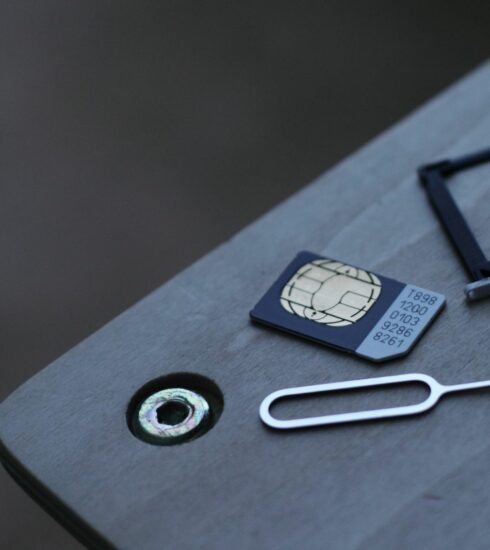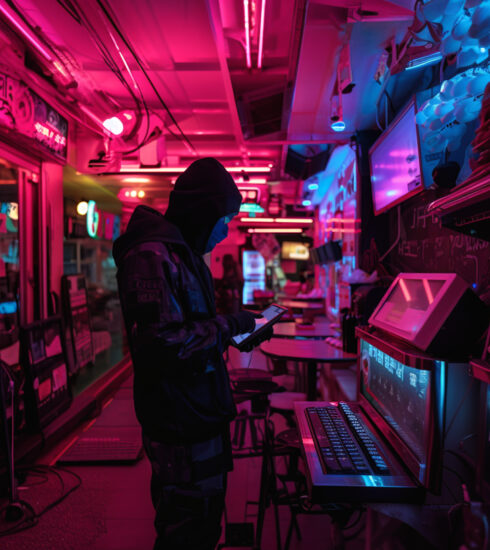Defensive Position Seating in Public Spaces
Strategically selecting your seating in public spaces can provide operatives and civilians with a crucial upper hand by enhancing visibility, security and staying one step ahead of potential threats.
Choosing where to sit in a public setting isn’t just about comfort or convenience; it’s a strategic move that can provide significant advantages for keeping safe while maintaining awareness.
Whether you’re a seasoned operative or simply someone keen on personal security, understanding the principles of defensive positioning in public seating can elevate your situational awareness and potentially mitigate risks.
The Importance of Strategic Seating
For operatives in the field, the ability to observe without being noticed is a key aspect of tradecraft. This skill extends to seemingly mundane choices, like where to sit in a restaurant, a park, or during public events. The right seat can offer a tactical advantage, keeping potential threats within view and minimizing the chances of being caught off-guard.
In addition to the tactical benefits, strategic seating also aligns with the psychological aspect of maintaining control in an environment. For operatives, feeling in control and less vulnerable can significantly enhance mental alertness and decision-making under pressure.
This psychological edge is crucial in high-stakes situations where the ability to react swiftly and appropriately can determine the success of a mission or the safety of the operative. Such mindful seating choices are an integral to reinforcing the operative’s readiness to handle any situation that might arise.
Defensive Position Seating
Visibility of the Area
Choosing a position that offers a broad, unobstructed view of the surrounding area is crucial. This means sitting in locations where you can see most, if not all, of the entrances and exits, as well as being able to monitor any movements or activities in the vicinity. High visibility allows an operative to spot unusual behaviors or identify potential threats before they become immediate dangers.
Observation of Entry Points
Monitoring who enters and exits the space can provide critical information and early warnings about potential threats. It’s a passive surveillance technique that keeps one step ahead of possible complications, a fundamental principle for any operative working in public or unpredictable environments.
Back Against the Wall
This is more than just a metaphor in the work of covert operations. Physically positioning your back against a wall or another solid barrier eliminates the possibility of an approach from behind, reducing vulnerability. This position not only secures one’s own safety but also enhances focus by narrowing down the angles from which disturbances can occur.
Proximity to Exits
While maintaining a broad view of the area, it’s equally important to position oneself in a manner that allows for quick and easy access to exits. In any emergency, being able to vacate the premises swiftly and efficiently can be life-saving. This is a practical aspect of tradecraft, where exit strategies are always planned alongside entry strategies.

Civilian Scenarios
In a Coffee Shop
Imagine you’re working remotely from a local coffee shop. Choosing a seat with your back against the wall can be a smart move. This position not only gives you a clear view of the entrance and exit but also allows you to monitor anyone coming towards you. It’s particularly useful for maintaining privacy over your laptop screen while keeping an eye on your surroundings, thereby enhancing both your security and concentration.
In a Public Library
When settling down with a book in a public library, selecting a spot in a corner with a good view of the library entrances and exits can be advantageous. This not only provides a quiet corner for uninterrupted reading but also minimizes the likelihood of someone approaching you from behind. Moreover, being able to see the entrance and the circulation desk helps you keep track of the comings and goings, making you aware of your environment and thus more secure while engrossed in your reading.
At a Train Station
While waiting for a train, sitting in a position where you can see both the train tracks and the station entrance can make you feel more secure and prepared. This setup not only allows you to monitor when your train arrives but also keeps you aware of the various people entering and exiting the station, potentially alerting you to any suspicious behavior. Positioning close to an exit can also facilitate a quicker departure or movement in case of an emergency, ensuring you remain safe while waiting in a typically crowded and chaotic environment.
Professional Scenarios
Surveillance in a Café
An operative is tasked with conducting surveillance on a target suspected of espionage activities. The operative selects a café known to be frequented by the target. Choosing a seat in the back corner with a clear view of the café’s two entrances and the street-facing windows, the operative positions themselves with their back against the wall. This setup allows for an unobstructed view of the target upon entry and during their stay, while also providing the operative a direct line of sight to all major activity points within the café, ensuring they remain unnoticed while gathering crucial information.
Meeting in a Busy Park
An operative needs to meet with a confidential informant to receive sensitive information. They choose a busy public park for the meeting, considering it a place where conversations can occur without drawing undue attention. The operative selects a bench that backs up to a thick hedge, providing a secure backdrop without visibility from behind. From this vantage point, they can observe the various park entrances and the approach of their informant, while also scanning for signs of unexpected company or potential threats. This strategic positioning allows for a discreet exchange and quick exit if necessary.
Document Exchange in a Hotel Lobby
A high-risk document exchange is set to occur in a bustling hotel lobby. The operative arrives early to position themselves strategically. They choose a seat in the lobby lounge that offers a broad view of the hotel’s main entrance, elevator banks, and the reception area while sitting with their back against a solid pillar. This defensive positioning not only ensures that the operative can monitor the comings and goings of all hotel guests and staff but also places them in an optimal spot to observe the exchange without being directly involved, ready to intervene or exit swiftly if the situation escalates.
Defensive positioning in public seating is more than just a protective measure; it’s a fundamental aspect of tradecraft that enhances operational effectiveness and safety. By strategically choosing their seats, operatives ensure they maintain control over their environment, keeping potential threats manageable and within sight.
This practice, while rooted in the principles of security and surveillance, offers practical insights for anyone interested in personal safety and strategic positioning in public spaces.
][INTEL : Navigating Threat-Assessed Environments]
[OPTICS : Berlin, Germany]







